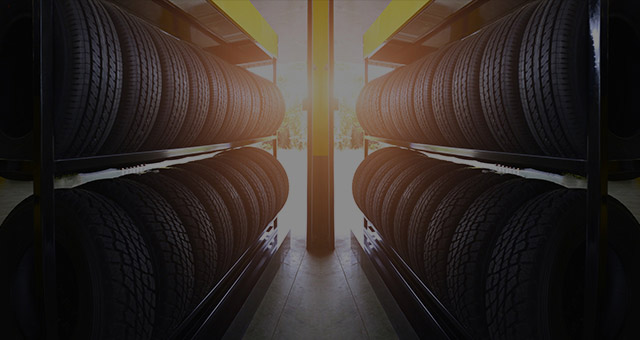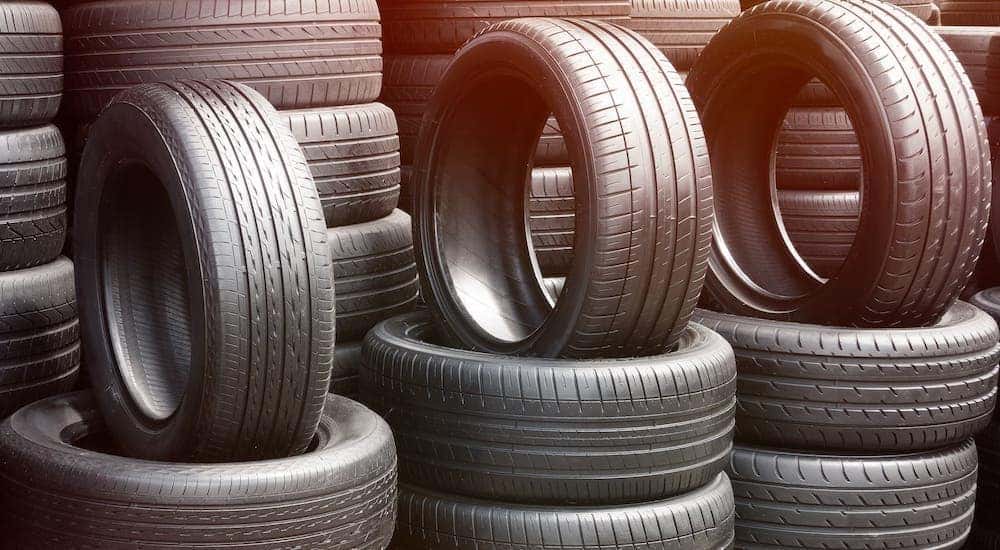Top Quality Tire Shop Morris: Your Go-To Destination for Tire Requirements
Tire Solution: Understanding Tire Stress Tracking Equipments
Understanding Tire Pressure Surveillance Systems (TPMS) is a critical element of maintaining optimum vehicle performance and safety and security when driving. With advancements in vehicle modern technology, TPMS has actually ended up being a typical feature in modern-day automobiles, providing real-time details on tire pressure levels. Delving deeper right into the complexities of TPMS, one can discover the numerous elements that compose this system and the significance of each in ensuring accurate monitoring. From direct to indirect TPMS systems, the landscape of tire pressure monitoring is diverse, each with its one-of-a-kind collection of considerations and advantages. Keep tuned to decipher the complexities of TPMS, from upkeep tips to the undeniable advantages of keeping your tires properly blew up. tires morris il.

Importance of TPMS
The significance of Tire Stress Monitoring Systems (TPMS) depends on their ability to boost lorry safety and efficiency via real-time tracking of tire pressure degrees. Keeping the right tire pressure is important for guaranteeing optimum handling, stopping, and general safety of an automobile. TPMS offers motorists with instant responses on any type of underinflated or overinflated tires, enabling prompt modifications to be made.
Components of TPMS
Making up various necessary elements, a Tire Stress Tracking System (TPMS) works as an advanced safety feature in contemporary vehicles. The major components of a TPMS include sensing units, a control module, and a caution indicator. Sensing units are commonly situated in the tire valve stem or connected to the wheel assembly, where they gauge tire pressure and send information to the control component. If it identifies substantially low stress in any of the tires, the control component processes this information and triggers a caution. The caution sign, typically a symbol on the dashboard, notifies the driver to examine the afflicted tire or tires. Some advanced TPMS versions additionally present the real tire stress analyses for each and every tire, supplying drivers with real-time information to make certain optimal tire performance and safety and security. By keeping an eye on tire stress continually, TPMS helps protect against crashes, decreases tire wear, and improves fuel performance, making it a crucial component for car security and efficiency.
Types of TPMS

On the other hand, indirect TPMS relies upon the vehicle's wheel rate sensing units to monitor tire pressure. This system discovers underinflation by contrasting the rotational speeds of the wheels. Indirect TPMS is less costly than straight TPMS, as it makes use of existing sensors within check here the lorry.
While straight TPMS supplies more precise analyses, indirect TPMS is less complex in style and typically needs much less upkeep. Both systems have their advantages and limitations, and the choice between them commonly relies on elements such as price, vehicle make, and personal preference. Comprehending the differences in between these two kinds of TPMS can assist lorry proprietors make educated decisions relating to tire maintenance and security.
TPMS Maintenance Tips
Conduct regular checks on the tire stress levels and compare them with the TPMS analyses to guarantee they are wikipedia reference constant. Throughout tire turning or substitute, make sure that the TPMS parts are managed very carefully to stop any prospective damage. If the TPMS alerting light brightens on the dashboard, resolve the concern promptly by examining the tire pressures and the general system for any kind of mistakes.
Advantages of Proper Tire Pressure
Keeping proper tire stress, as emphasized in TPMS Maintenance Tips, is essential for reaping the various benefits connected with optimum tire stress degrees. One of the primary benefits of maintaining the right tire stress is boosted gas effectiveness. When tires are appropriately pumped up, there is less rolling resistance, bring about much better gas economic climate. Furthermore, appropriate tire stress makes sure even tire wear, extending the lifespan of the tires and advertising much safer driving conditions. With the appropriate tire pressure, automobiles additionally have far better handling and traction, specifically in negative weather condition conditions. This can improve general driving performance and safety and security for the chauffeur and passengers. Furthermore, maintaining optimal tire pressure can add to a smoother and more comfortable adventure by minimizing resonances and noise brought on by underinflated tires. To conclude, the advantages of proper tire pressure exceed simply tire longevity; they include boosted gas performance, boosted security, better car performance, and general driving comfort.
Conclusion
In conclusion, see post comprehending tire stress tracking systems (TPMS) is crucial for keeping ideal tire stress and guaranteeing automobile safety. By recognizing the significance of TPMS, recognizing with its components, knowing the different types available, sticking to correct upkeep ideas, and understanding the benefits of keeping appropriate tire pressure, chauffeurs can boost their driving experience and extend the life expectancy of their tires. Correct tire stress is crucial to efficient and safe lorry procedure.
